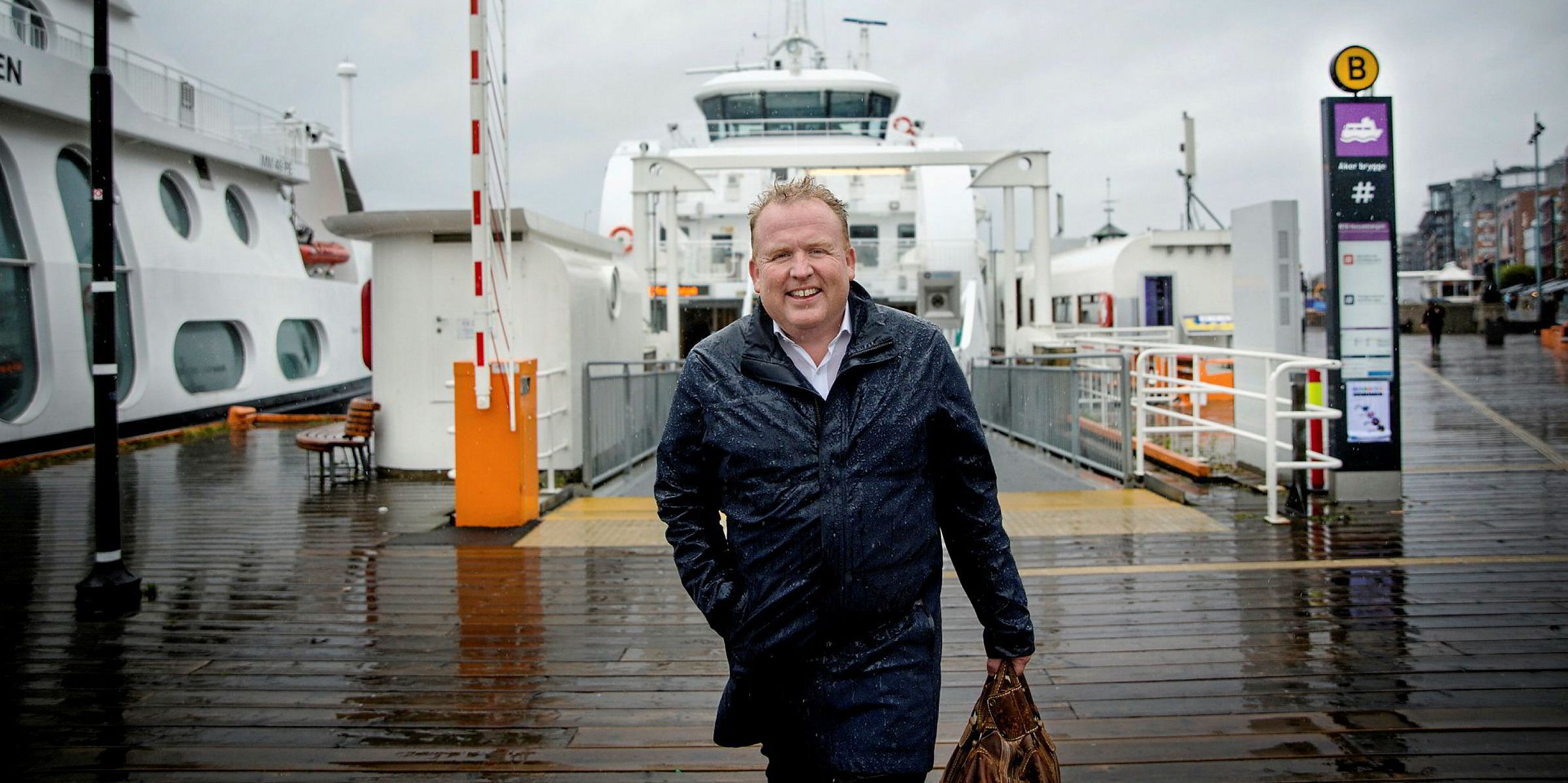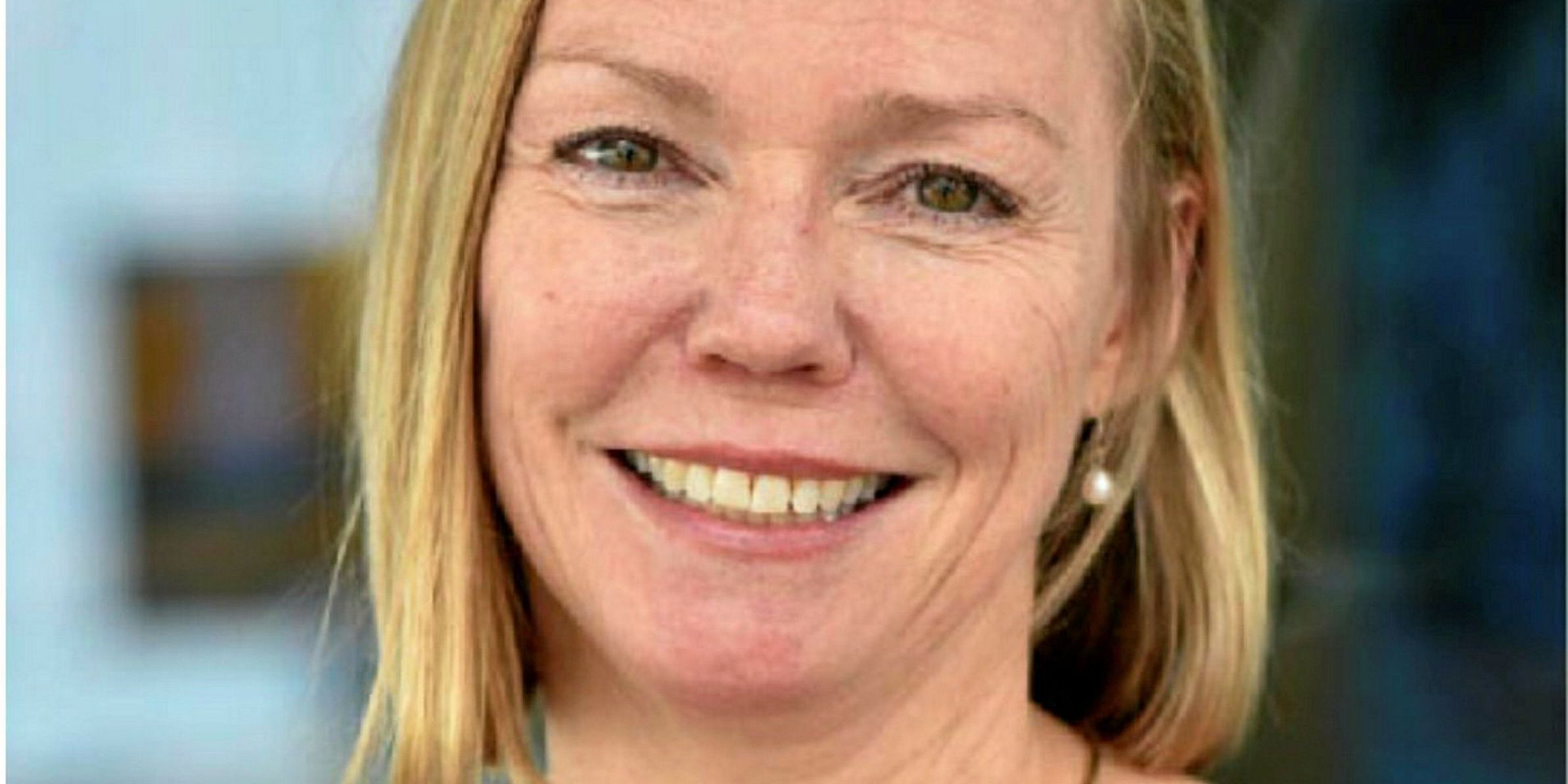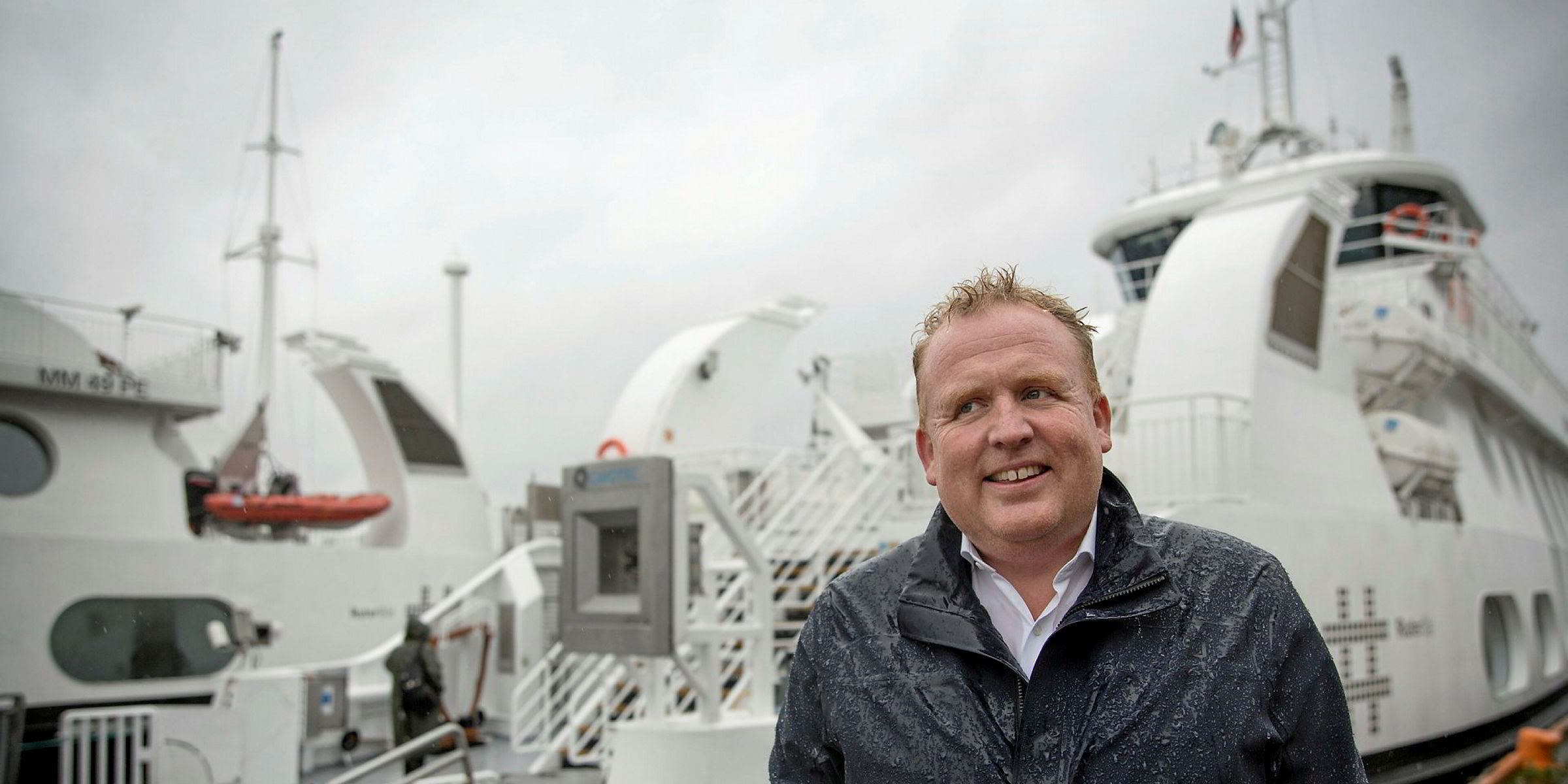The Canadian-Norwegian company Corvus Energy recently opened a factory that will produce maritime batteries in Bergen, Norway. In the process, they’ve moved their head office from Vancouver to Norway.
That seems like a massive undertaking. So, why did they do it?
“We wanted proximity to the market and the industry expertise of all of the stakeholders you are connected to one way or another—like authorities, banks, and investors,” explains CEO Geir Bjorkeli. “For example, the fact that the bank is acquainted with [Norwegian ferry operator] Norled is one contributing factor.”
The batteries made at the factory are installed in everything from sightseeing vessels in San Francisco to Norway’s first electric vehicle ferry—and even in the vessel he is looking at this very moment: the Nesodden passenger ferry Kongen (built 2009), which runs a scheduled shuttle service to and from the capital’s main quay, Aker Brygge.
It’s a rainy autumn day in Oslo, and Bjorkeli is eagerly anticipating the onshore charging station that will soon become operational. He’s also excited by the imminent electrification of the other two ferries servicing the route—which will result in a 20-tonne reduction in CO2 emissions each year.

In terms of backers, Bjorkeli has courted the likes of Equinor, BW Group, Norsk Hydro and Shell. DNB—the largest financial services institution in Norway—considers Corvus one of their most exciting customers.
Rapid development
DNB’s renewable energy experts spend much of their day tracking the market in an effort to remain well-informed of new developments.
“As a bank, we have customers that produce batteries that are the driving force behind advancement of the entire maritime industry,” explains Trine Loe, the head of DNB’s future and tech industries division. “A number of our clients are very interested in having broad investment portfolios, which requires industry expertise.”
If solar and wind technologies are ever going to take a larger share of the global energy mix, we will need to figure out how to store energy from those resources to ensure it’s available when it’s dark outside and when the weather is calm.
Fortunately, the evolution of technology has driven significant advancements in the field of battery-based energy storage solutions. Since Norway is already active in the electric conversion of the transport market both on shore and sea—and the power supplied by those efforts is renewable—it should come as no surprise that Norway is pioneering innovative battery technology.
“There isn’t an agreement as to which battery technologies are best just yet,” Loe says. “New developments are happening all the time, too. We need to keep an eye on all of this because we need to be a part of what’s unfolding.”

Beyond the batteries themselves, Loe is also interested in companies that are bringing new thinking to other areas of the renewables space- like where energy is sourced from.
One example is the Swedish investment company Baseload Capital, which recently raised SEK 500m ($50.8m) from a green bond to fund projects that focus on the production of power from low-temperature geothermic heat. DNB served as an advisor and lead arranger.
Global market
There is no question that, across the globe, there is growing interest in discovering new sources of energy. When we first reached out to the CEO of Corvus we learned that he was in Japan, hard at work hammering out the details of a new collaboration with Kawasaki Heavy Industries.
On a second occasion, Bjorkeli was standing in the visa queue at the Chinese Embassy in Oslo, an hour’s flight over the mountains from Bergen. When we finally met up with him a week later, he was still in Oslo, attending meetings with Norsk Hydro, a major shareholder. With operations in both Canada and Norway, and support from partners with robust international footprints of their own, Corvus is well-placed to serve the global market.
“We supply batteries to a supplier of hybrid cranes that are employed in container ports in China,” Bjorkeli says. “They cut emissions by 55% using this solution.”
Corvus, which traces its roots back to 2009, supplies energy storage solutions to all segments of the maritime industry. Currently, it’s particularly active in the offshore, ferry and cruiseship sectors.
“In addition to having industry expertise, it’s vital for us that the bank is fully conversant with export support,” Bjorkeli adds.
The bigger picture
Loe and her team deliver everything a major bank is expected to provide. Still, she points to one area where DNB has altered course in recent years—in step with the changing landscape across all corners of the shipping and offshore industries.
“We aim to be a competent partner,” Loe explains. “Everyone on our team needs to be able to discuss the market and development trends with our clients.”
For DNB, working with borrowers is about much more than loans. “We help clients find solutions and obtain other sources of capital as appropriate,” Loe says.
This article was produced by DNX Studio, an affiliate of TradeWinds and its publisher, NHST Global Publications, on behalf of advertisers.
As a driving force behind an industry that’s adopting to rapid, dramatic change, DNB’s actions have broader implications than ever before—both in and outside the shipping and offshore arena.
“Access to engineer capacity from the oil industry is enabling the creation of new industries in Norway,” Loe continues. “DNB acts to support the entirety of this crucial transition.”
Bjorkelig believes praise for the shipping and offshore sectors is long overdue. “We have a maritime industry that is willing to invest in transformation and innovation when the market undergoes change,” he concludes. “Together, with new criteria and support schemes, this provides the foundation for a new and future-oriented industry that provides new job opportunities and a competitive edge in the marketplace.”

